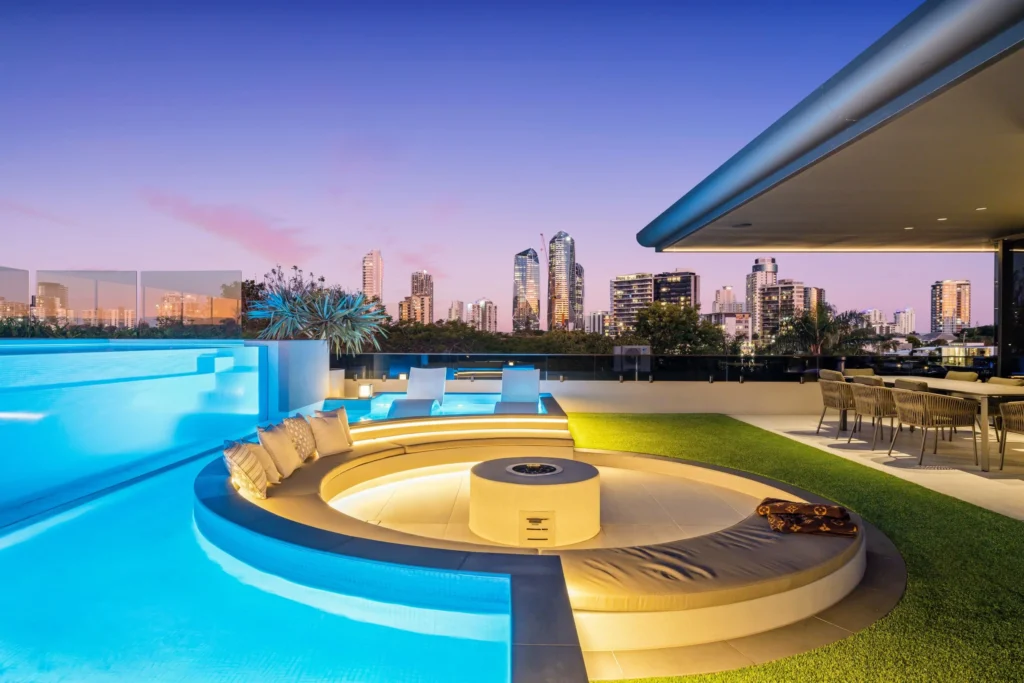Moisture inside outdoor luminaires is a common headache, but most of the issues can be avoided with the right combination of design, installation and maintenance.
Start by choosing fittings with a suitable IP rating for the environment. The harsher the conditions, the higher the protection you need. From there, check that the gaskets and seals are doing their job—intact silicone or EPDM seals make a huge difference to long-term performance.
Pressure changes are also a big factor. When a luminaire heats up and cools down, it can actually draw moisture inside. Adding breather vents or Gore-type membranes helps equalise pressure and let vapour escape without letting water in. Desiccant packs can also help reduce internal condensation.
Cable entry is another common weak point. Using the right IP-rated glands, tightening them properly, and creating a small drip loop in the incoming cable can prevent water from tracking straight into the fitting. Also, for garden lighting using resin filled heat shrink, combined with soldered connections will ensure a solid weatherproof connection. Positioning matters too—avoid mounting lights where water can pool or sit against the body for long periods.
Materials play a role as well. Quality aluminium, UV-stable plastics and stainless hardware help prevent corrosion, which eventually leads to tiny leaks and seal failures. And finally, regular checks go a long way: a quick inspection of seals, vents and cable glands once a year can prevent most long-term moisture problems from ever taking hold.

